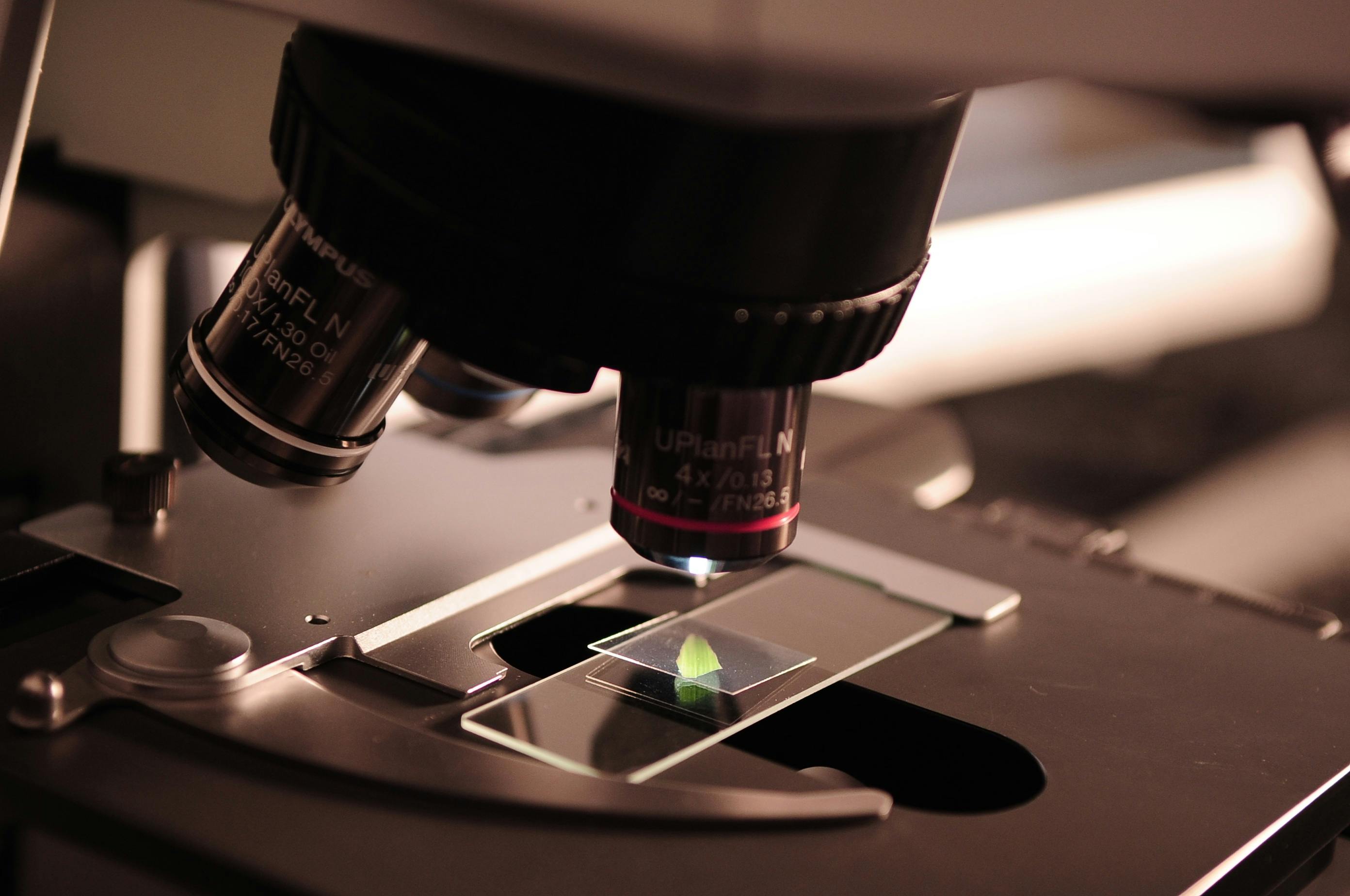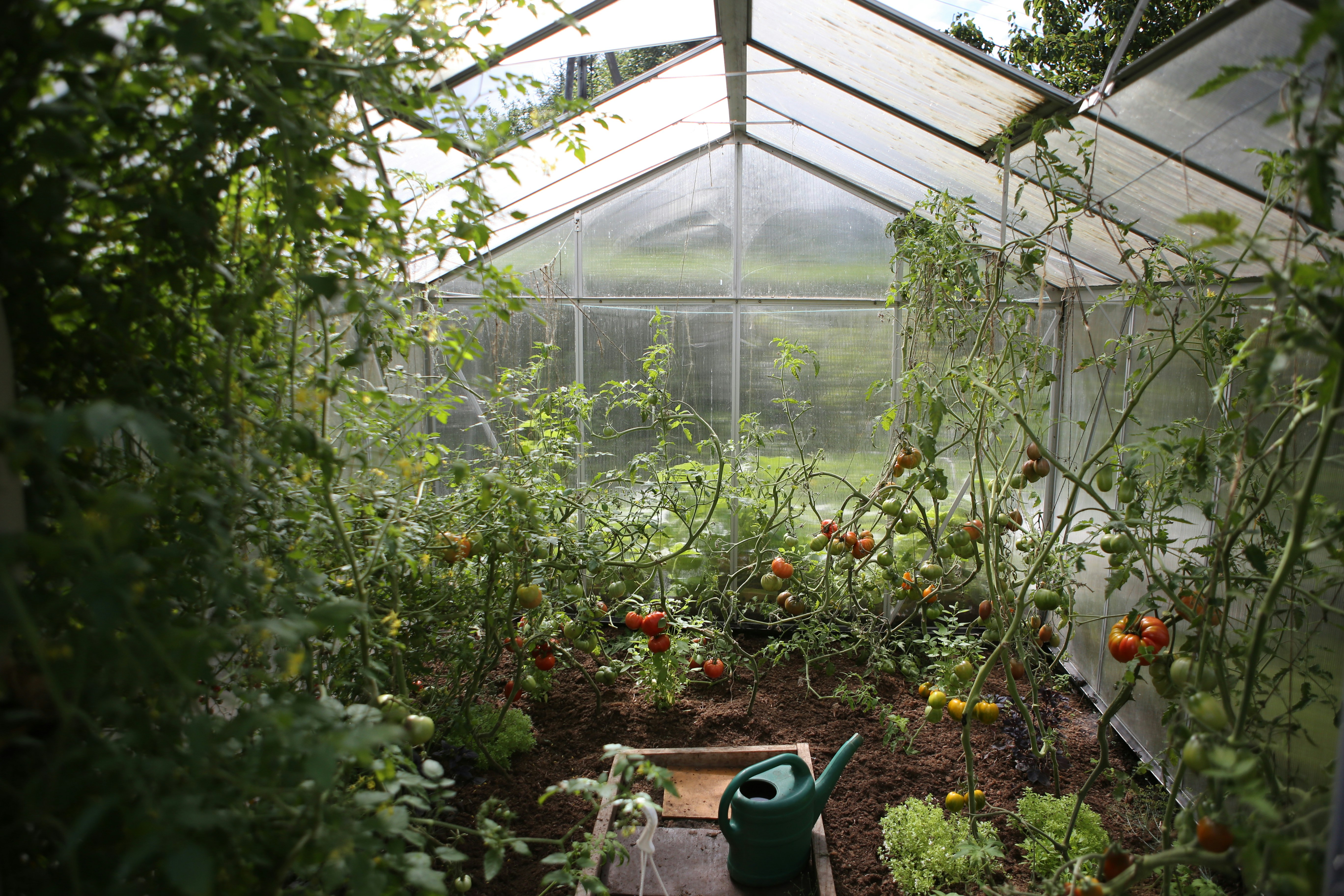The Scent of Danger
Unlocking the Chemical Secrets of Serbian Poison Hemlock
Beneath its deadly reputation lies a complex aromatic profile worthy of scientific fascination
Article Navigation
Introduction: A Notorious Plant with Hidden Depths
Conium maculatum, known infamously as poison hemlock, has haunted human history since Socrates drank his fatal cup in 399 BCE 5 . This slender, purple-spotted plant contains neurotoxic piperidine alkaloids like coniine that can paralyze respiratory muscles—yet beneath this deadly reputation lies a complex aromatic profile.

Flowers of Conium maculatum showing characteristic umbel structure

The distinctive purple-spotted stems of poison hemlock
Botanical and Chemical Context
The Hemlock Paradox
While all parts of Conium maculatum contain lethal alkaloids, its essential oils derive from non-alkaloid compounds produced in specialized secretory structures. These volatile oils serve ecological roles:
Defense
Deterring herbivores and insects through toxic or repellent compounds
Attraction
Luring pollinators via specific floral scent profiles
Adaptation
Responding to environmental stressors like pathogens or UV exposure
Previous studies from Iran and Sicily reported varying chemical profiles, suggesting significant geographical variation. Serbian researchers hypothesized that local environmental conditions might yield unique terpenoid signatures worthy of investigation 5 .
Key Experiment: Decoding Serbia's Hemlock Oils
Methodology: From Field to Chromatogram
The research team collected leaves and flowers from mature hemlock plants near Belgrade during peak flowering season. Using hydrodistillation in a Clevenger-type apparatus, they extracted volatile oils over 3 hours, achieving pale yellow oils with distinct herbaceous-scorched aromas.
Analysis Steps
- Separation: Gas chromatography (GC) with a DB-5 capillary column
- Quantification: Flame ionization detection (GC-FID)
- Identification: Gas chromatography-mass spectrometry (GC-MS) using NIST library matching and retention indices 1

Major Compounds Identified
| Compound | Leaf Oil (%) | Flower Oil (%) | Role/Source |
|---|---|---|---|
| Germacrene D | 28.6 | 34.9 | Sesquiterpene; plant defense |
| β-Pinene | 15.2 | 11.8 | Monoterpene; antimicrobial |
| Sabinene | 9.7 | 8.1 | Monoterpene; insecticidal |
| γ-Terpinene | 7.3 | 6.5 | Monoterpene; antioxidant |
| Limonene | 5.1 | 4.3 | Monoterpene; stress response |
Results and Significance
Germacrene D dominated both leaf and flower oils, constituting nearly one-third of the total volatiles. This sesquiterpene is known for its anti-inflammatory and antimicrobial properties in other plants. Notably, leaves showed higher monoterpene diversity (e.g., β-pinene at 15.2%) while flowers had elevated germacrene D, suggesting tissue-specific biosynthesis 1 4 .
Surprisingly, no alkaloids like coniine appeared in the oils. This critical finding confirmed that hemlock's essential oils operate independently from its toxin-producing pathways—a chemical partitioning that explains why traditional societies sometimes used hemlock topically despite its oral lethality.
The Scientist's Toolkit
| Item | Function | Significance |
|---|---|---|
| Clevenger Apparatus | Hydrodistillation of volatile oils from plant material | Gold standard for pure essential oil extraction |
| GC-MS System | Separates and identifies chemical compounds via mass fragmentation | Enables detection of trace constituents |
| DB-5 Column | GC capillary column with 5% phenyl-polysiloxane stationary phase | Optimal for terpene separation |
| NIST Library | Database of mass spectra for compound matching | Critical for accurate identification |
| Retention Index Standards | Alkane series for calibrating compound elution times | Reduces identification errors |
Beyond Alkaloids: The Hidden Chemistry of Toxicity
While hemlock's alkaloids cause acute toxicity, its essential oils present subtler bioactivities:
Antimicrobial Effects
Germacrene D and β-pinene inhibit bacterial growth, suggesting ecological defense roles 1
Synergistic Risks
Coumarins detected in roots (e.g., xanthotoxin) may photosensitize skin upon contact 6
Dose Dependency
Rat studies show 50 mg/kg extracts cause neuronal damage, but oils lack this acute toxicity 3
Bioactive Compounds in Hemlock Beyond Alkaloids
| Compound | Plant Part | Biological Activity |
|---|---|---|
| Germacrene D | Leaves/Flowers | Antimicrobial, anti-inflammatory |
| Xanthotoxin | Roots | Phototoxic (UV-activated) |
| Falcarindiol | Roots | Antifungal, cytotoxic |
| β-Pinene | Leaves | Bronchodilator, anti-anxiety |
Therapeutic Potential
Toxicity Comparison
Chemotypes and Environmental Plasticity
Recent studies reveal astonishing chemical flexibility in hemlock:

Geographical Variation
Greek populations contain unique phenylpropanoids absent in Serbian samples 5

Altitude Effects
Plants at higher elevations shift terpene biosynthesis to compensate for lower oxygen

Tissue Specialization
Roots produce polyacetylenes (e.g., falcarindiol) absent in aerial parts 6
This plasticity suggests hemlock continuously adapts its "chemical arsenal" to local threats—a survival strategy that complicates medical applications but fascinates ecologists.
Applications and Future Research
The Serbian study's identification of germacrene D opens promising avenues:
Natural Pesticides
Terpenes like sabinene repel crop-damaging insects while being environmentally friendly
Anti-Cancer Leads
Falcarindiol from roots inhibits tumor cell growth in preliminary studies 6
Scent Profiling
Chemotypes could track hemlock's migration history and evolutionary pathways
Future Research Directions
- Gene Expression: What genetic switches separate alkaloid vs. terpene biosynthesis?
- Climate Responses: How will drought or warming alter oil composition and plant survival?
- Synergistic Formulations: Can oils enhance drug penetration without toxicity in pharmaceutical applications?
Conclusion: Beauty in the Beast
Serbian hemlock reminds us that even nature's deadliest creations harbor complexity worthy of understanding. Its essential oils—dominated by the warm, clove-like germacrene D—reveal a botanical Jekyll and Hyde: a plant that kills with one set of chemicals while nurturing therapeutic potential with others. As analytical techniques advance, we continue unraveling the layered chemistry of this ancient species, transforming fear into fascination one molecule at a time.